 EXHIBITOR @ EXPO 2010: EXHIBITOR @ EXPO 2010:
DAY THREE |
 |
|
| Find out a little more about the Denmark pavilion in this brief interview with Christopher Bo Bramsen, commissioner general of Denmark and former ambassador to China. |
|
| This uber-cool vignette inside Austria’s pavilion uses near-freezing temperatures, real ice, and immersive projection techniques to recreate the Austrian mountains. The projection changes every few moments to show how the mountains look during each season. |
|
| Another space inside the Austria pavilion features a projected woodland and grassland area. Here, attendees can wave their arms to activate falling leaves, or move their feet to cause schools of little fish to swim nearby. |
|
| Immersive projection was the name of the game on day three. This multi-planed projection surface inside the Canadian pavilion featured various images and videos of Canadian life. |
|
| Here, you can see how visitors created childlike cities of the future by simply splashing in a small pool of water. Again, the magic of projection creates immersive experiences. |
It’s another great day in Shanghai, where when we say we walked to Brazil from Denmark, we basically really mean we walked from South America to Northern Europe. We started off at Denmark's velodrome, made of steel from a junked ship in Shanghai's scrap yard, with the Little Mermaid holding court in the middle of it. Visitors can borrow one of more than 100 bicycles and ride from the ground floor to the top and back, underscoring the popularity of Green transportation in Denmark’s cities. To see a brief interview on the Danish pavilion with Christopher Bo Bramsen, commissioner general of Denmark and former ambassador to China, check out the video links on this page.
After touring the Denmark pavilion, which received EXHIBITOR’s Expo 2010 Award for Best Exterior Design, we headed off to Slovakia, whose idea of a pavilion was a series of female figurines people can pose behind for pictures. We decided the best thing about the Slovakia pavilion was the air conditioning. Ugh.
Next, we headed to the Life and Sunshine pavilion, which is the first World Expo pavilion ever dedicated to the disabled.
Another Expo 2010 Award winner, the Urbanian pavilion tackles the problem of 250 cities in the world with 1 million+ people (China has 171 of them) with the “City of Diversity,” where thousands of found objects ranging from milk cartons and paint cans to office furniture and plastic crates were used to construct a megacity almost 50 feet high and hundreds of feet long.
The Austria pavilion has a room where real ice and snow are made on the fly, while Canada's pavilion was designed by Cirque du Soleil. Brazil's exterior looks like thatches of the Amazon from the outside and inside has a series of six screens showing portraits of individuals from a young woman to a heavyset man. Visitors stand in front of the screens and use their hands to recreate them — swapping the heads and torsos and legs into combinations that would look weird even on Lady Gaga.
Of all the pavilions so far, one of our personal favorites is Belarus. Limited by a tight budget, they had an artist named Igor Remashevski create paintings, then digitized the paintings and blew them up to cover the inside and outside of the pavilion. Remashevski is from the same area (Minsk) as Chagall, and his paintings have the same sense of childlike delight.
Food update: Today we had a lunch that started with an appetizer of dates and pumpkin, and then lemon chicken in a light lemon sauce infused with coconut We topped that off with a hot tea of chrysanthemum syrup mixed with honey and lemon. It was transcendent.
 |
 |
| click on the images for more info |
 |
 |
 |
 |
 |
 |
 |
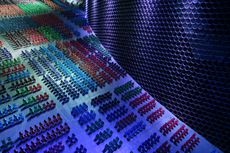 |
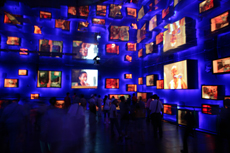 |
 |
 |
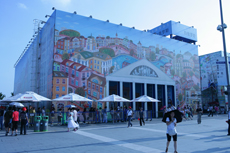 |
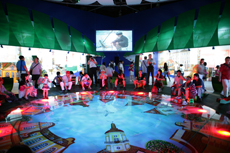 |
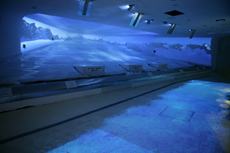 |
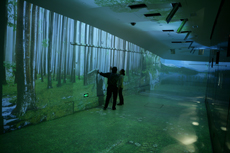 |
 |
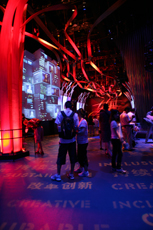 |
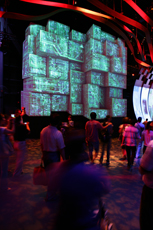 |
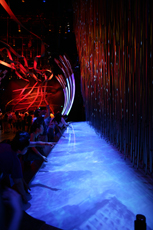 |
|
| |
| Top of Page |
|
|
